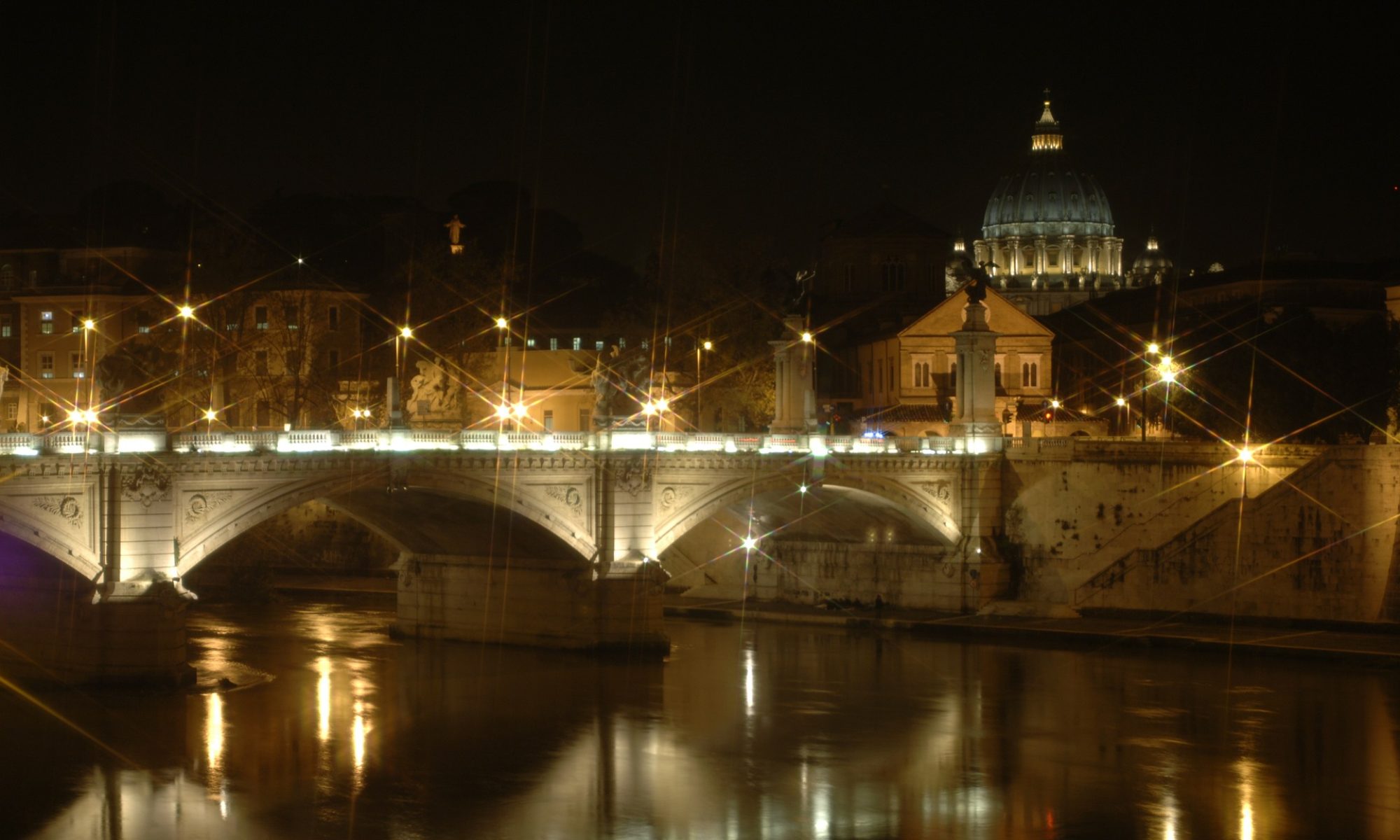August 3rd, 2014
Offering apologies is a highly regarded habit even in secular circles. We are surrounded by words of apology everywhere; as customers on the metro, on trains, and on TV. But in the midst of all the rhetoric of apology are there ways to discern the truthfulness of it all? Parents quickly learn to assess their children’s apologies. To say “I am sorry” is not in and of itself a true apology. One needs to show a sense of guilt, of being aware of what he is asking apology for and doing something about what went wrong. Pope Francis’ words of apology to Italian Pentecostals were considered the high point of his visit to his pastor friend Giovanni Traettino (July 28th). They referred to the nasty discriminations that Pentecostals had to suffer under the Fascist regime in the Thirties when they were deemed a threat to the stability of the social order and severely ostracized.
A Confusing Apology
The Pope’s “apology” was curious. The persecutions of 1935 against Pentecostals were implemented by the Fascist government and police, not by the Catholic church. However, Francis offered his apology for these persecutions. The Catholic church had no direct role but was the main social agent that supported the culture of discrimination. What he could have apologized for, however, was the centuries-long sin of the Catholic church that has constantly been against religious freedom. Interestingly Francis never mentioned religious freedom but only made reference to one single episode of intolerance. Then, in his apology he did not speak of the Catholic church as being responsible for opposing religious freedom but he only spoke of the sin of “catholic brothers and sisters” who persecuted Pentecostals. While the Catholic Church of the time was totally in agreement with the Fascist regime in opposing minorities and providing its cultural legitimacy in exchange of favors and privileges, Francis downplayed the role of the Church and focused on individuals. He apologized as “pastor” of those individuals who persecuted Pentecostals but he did not take responsibility for the Church they represented and that he represents. According to Catholic teaching the Church per se never errs, it is only the children of the church that sin. On the one hand, then, he apologized for the sins he did not commit. On the other he didn’t apologize for the sins his Church committed. A confusing way of offering an apology.
An Inconsequential Apology
Furthermore, spiritually speaking any apology is real if it implies restoration and compensation for those who were wronged, at least to some extent. The Pope’s apology was rhetorical but not practical. He did not speak of a commitment to finally accept and implement full religious freedom in Italy. The Catholic Church is the main obstacle in recognizing equal rights and opportunities to all religious groups, but Francis was silent on the whole issue. He only spoke words of “apology” without having institutional title to do that, without being serious about the sins of the Church and without suggesting practical ways towards a better solution for religious freedom for all. Fascism is over, persecutions against Pentecostals are over, but religious freedom is still an issue for the country that the Catholic Church considers “home”. What’s the significance of offering an apology if there is no change of mind and practical steps towards a better settlement for religious freedom?
One positive aspect of his apology was his rejection of the word “sect”. “You are not a sect” – he said to his Pentecostal audience. The label “sect” applied to Evangelicals and Pentecostals was regularly used by John Paul II and Benedict XVI, Francis’ immediate predecessors. No word of apology was offered for such derogatory language that has been standard in many Papal speeches concerning Evangelicals. Here he could have offered an apology on behalf of his Church and its leaders but he remained silent. Apologies are less significant for things that belong to a distant past than for things that are happening now. In spite of all the emotional fuss that his apology originated, Francis chose a confusing and inconsequential way of saying “sorry” while maintaining the idea that his Church never makes mistakes.
